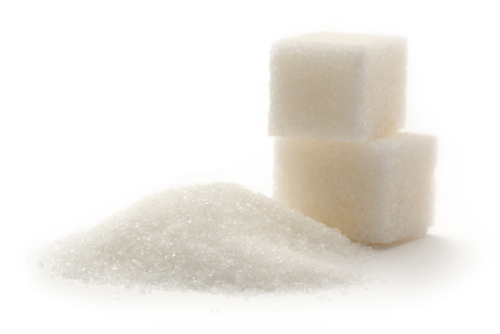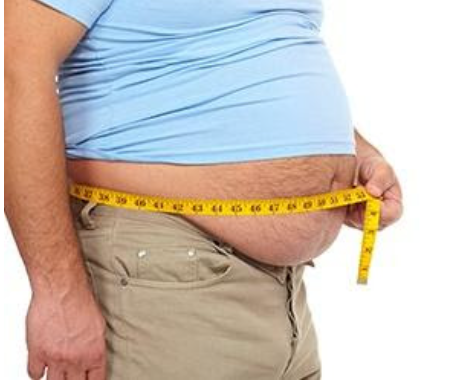If you’re like a lot of people, when you hear the word insulin you immediately think of diabetes. After all, people with diabetes have issues with the production and effective use of insulin. But problems with insulin can occur with myriad health conditions, one of those being insulin resistance.
What is Insulin Resistance?
Insulin resistance is a complicated disease. The American Diabetes Association (ADA) estimates that up to 50 percent of people with insulin resistance and prediabetes will eventually develop type 2 diabetes if they don’t make the necessary lifestyle changes.
Insulin resistance describes a body that does not use insulin properly. People afflicted with the condition typically have excessive levels of insulin in their bloodstream, but their cells are resistant to it, meaning they reject the insulin. And so that insulin has nowhere to go and just remains in the bloodstream.
Let’s take a look at what insulin is SUPPOSED to do in your body…
Insulin is actually a hormone produced by your pancreas. When you eat carbohydrates, they are converted into glucose, a form of energy your body uses. While eating, your pancreas secretes insulin into your bloodstream to help get the glucose into your cells where it is burned for energy.
If your body is resistant to insulin, it does not use insulin the way it should, then less glucose will be burnt for energy and that glucose will end up being converted into fat and stored for later use.
Some of that fat is stored around your body under the skin, especially around the midsection. But much of the fat gets stored in your liver. Having a fatty liver is a classic sign of elevated insulin.
People with insulin resistance have an increased risk for obesity, heart disease, type 2 diabetes, polycystic ovarian syndrome, hypertension, cancer and other serious conditions.
What is most concerning is that a majority of people with the disease are unaware they have it. If left untreated, these people will most likely develop one or more of the conditions just mentioned.
Common Signs of Insulin Resistance
If you have any of the following symptoms, there is a chance you may have insulin resistance and will need to work with your doctor for an accurate diagnosis and treatment plan.
- Excess weight with much of the weight being around your midsection.
- Out of control cravings for sugar or carbohydrate-rich foods.
- Acne and large pores on the face – Insulin promotes higher levels of the male hormone testosterone. This leads to oily skin and acne.
- If you are a woman you may experience thinning of hair or what is referred to as male pattern baldness (thinning in front and on sides).
- Skin tags
- Swollen ankles. Insulin tells your kidneys to hang onto sodium and water, and so those with insulin resistance tend to retain fluid and look “puffy.”
- High blood pressure
- Fatigue – because the glucose cannot get into your cells where it would be used for energy, you have little energy.
- Elevated blood sugar. A fasting blood sugar above 100 mg/dL (5.4mmol/L) indicates insulin resistance
If you have any of these symptoms it’s important to schedule an appointment with your doctor, who will order some tests that will determine if you are insulin resistant.
Reversing Insulin Resistance
Being diagnosed with insulin resistance should not feel like a life sentence. If you make the following lifestyle changes, you can help your body begin to use insulin the way it is supposed to.
Exercise
Losing even just 10 pounds can help your body begin to use insulin correctly. It’s important to exercise for at least 30 minutes five times a week. You don’t have to make this more complicated or unpleasant than it has to be.
Choose activities you like to do. Walk your dog, ride your bike with your kids or grandkids, take dance classes. The more fun you have the more apt you are to exercise on a regular basis.
Eat Right
If you have insulin resistance your body simply cannot handle the amount of carbohydrates that most people eat – not even close. Your carbohydrates will need to be tightly restricted, and the carbs you do eat should come primarily from vegetables, low glycemic fruits, nuts and seeds.
It’s also important to eat enough fat and protein at each meal. Doing so will give you energy and help you feel satiated, so you do not overeat. Go ahead and enjoy eggs, red meat, seafood and avocados.
Help Insulin Work Better in Your Body
There are important nutrients your body needs in order to use insulin correctly. Two of the most important ones are chromium and magnesium.
Chromium will reduce the sugar cravings by keeping your blood sugar nice and stable throughout the day. But a high carbohydrate diet flushes chromium out of your body, so there’s a good chance your levels are low. Since not many foods are rich in chromium, you’ll want to look into a quality supplement.
Magnesium is also necessary for healthy insulin action. As an added bonus, magnesium helps relax your muscles and calm nerves. Speak with your doctor about adding a quality magnesium supplement to your diet. Or you can start taking Epsom salt baths which contain magnesium that is absorbed through your skin.
If left unchecked, insulin resistance can develop into type 2 diabetes and other diseases. But the good news is, you can easily reverse the condition, lose weight, and reduce your risk of any health complications by making some important lifestyle changes.
Here’s some more good news: if you or someone you love has been diagnosed with type 2 diabetes, you also don’t have to feel like you have been given a life sentence.
Did you know there are people out there right now who are throwing away their medications and all of those syringes? How would you like to never prick your finger again?
Type 2 diabetes is also completely reversible. Find out how one doctor is helping her patients say goodbye to type 2 diabetes for good.
Pick up your copy of Simple Blood Sugar today.
 Validating...
Validating... 





1 Comment